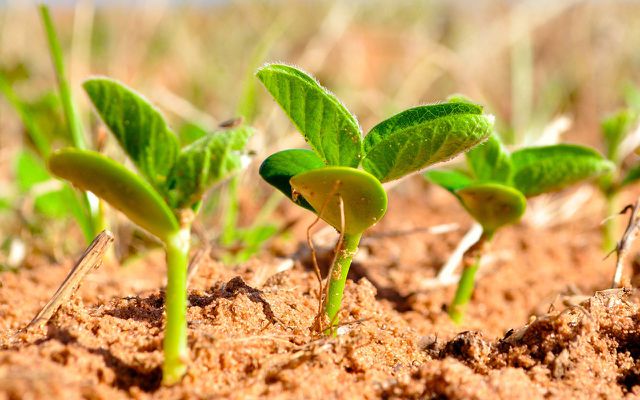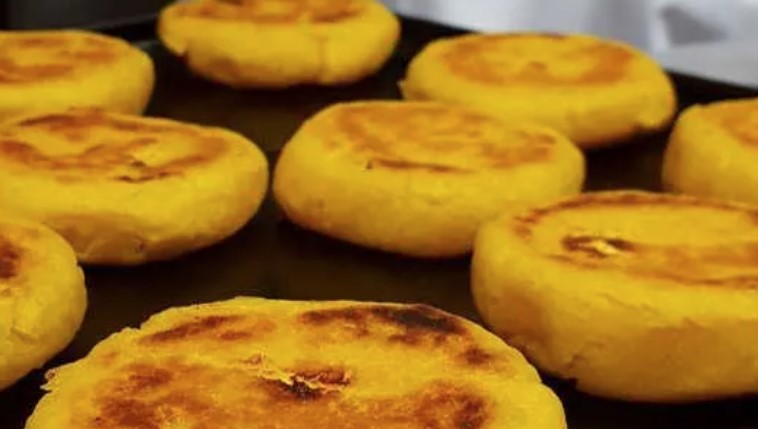“But the rain forest is cut down for your soy” – this is still a popular bogus argument against a vegan or vegetarian lifestyle. Apart from the fact that soy is a staple food for very few vegetarians, the content of the argument is also very weak.
Who eats tofu contributes to deforestation? We are certainly not the only ones who can no longer hear this and have got to the bottom of this claim.
Rainforest deforestation because of soy?

It is true that more than three quarters of the global soybean harvest comes from Brazil, the USA and Argentina (see FAO). In Brazil in particular, deforestation for arable land is a well-known problem.
However: The vast majority of the soybean grown worldwide is processed into animal feed; according to various sources it is 75 to 85 percent. A large part of the remaining soybeans becomes soybean oil. This means that the proportion that is processed into other foods for human consumption – such as the often cited tofu products or soy drinks – is comparatively small.
Soybeans also grow in Europe
However, one could argue that rainforests may have been cut down for soy. Theoretically yes. In practice, this is very unlikely, at least for German goods. Soybeans, from which tofu, soy drinks or other plant-based alternative products are made for the German market, almost always come from Europe, often even from Germany and neighboring countries. While that doesn’t solve all of agriculture’s problems, of course, at least in Europe, there’s no real need to worry about deforestation for soybean cultivation.
So if, at the next debate about plant-based nutrition, you are once again confronted with the claim that as a tofu consumer you are to blame for the destruction of the rainforest and are therefore actually no better than meat eaters and can actually save yourself the whole thing – who or what she can now calmly answer that this is unlikely because our soy does not come from rain forest regions at all.
On the contrary, the rainforest is much more likely to be cleared to make way for animal feed and therefore meat. So if you are seriously concerned about the rainforest, it is better to avoid meat and milk than soy products.
And no, that doesn’t make vegetarians and vegans better people, because there are still tons of pitfalls and conflicts that need to be weighed up. And it certainly doesn’t apply to all countries. But it might help, at least here, to counter paralyzing bogus arguments and make some meat fans think.
This is where the soybeans for tofu and soy drinks come from

We have researched – as an example and without claiming to be complete – at the large retail chains and some well-known brands where the soy for their tofus and drinks comes from. Although the selection only represents a section of the market, the results provide a very clear trend: the majority of the major supermarket chains and brands source their soybeans from Europe.

